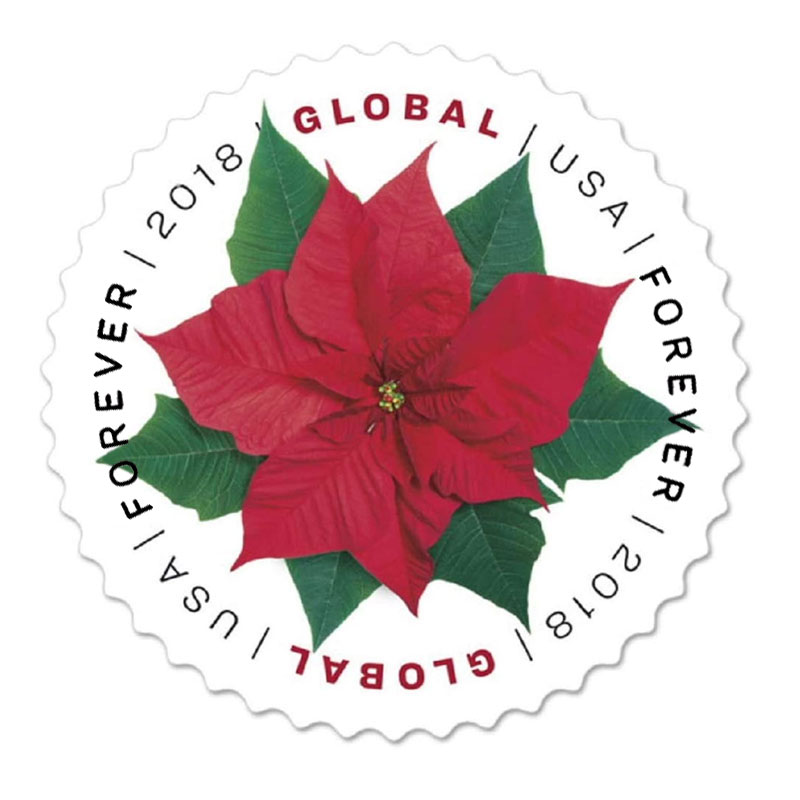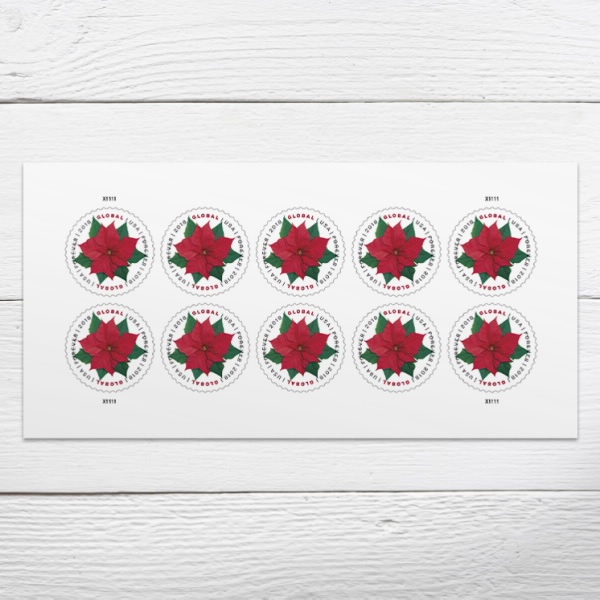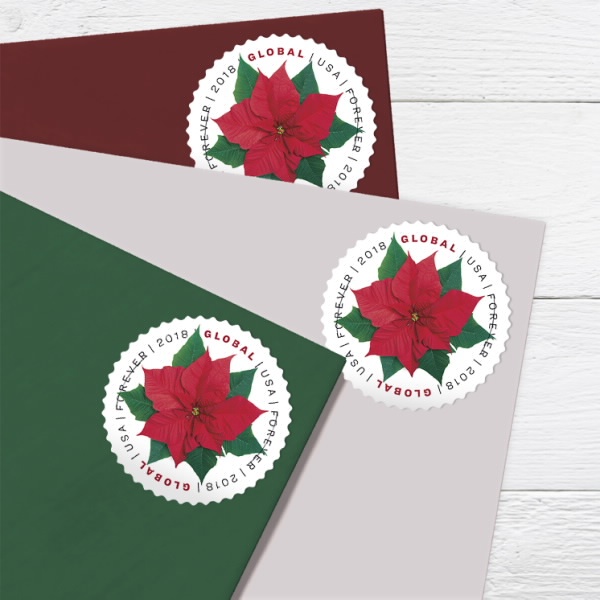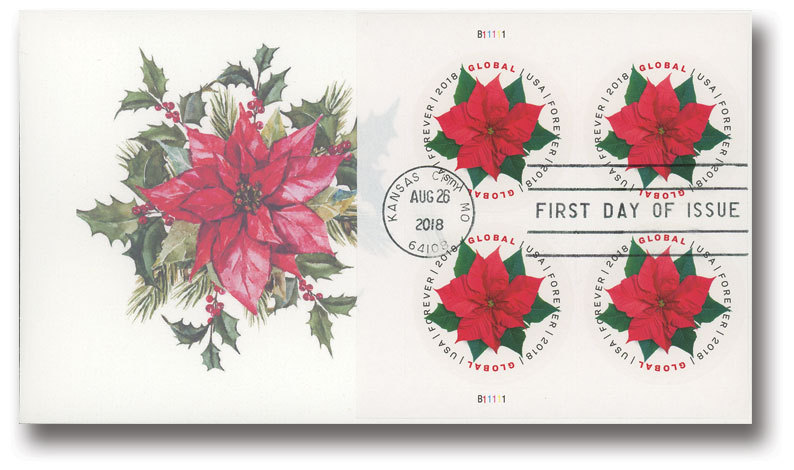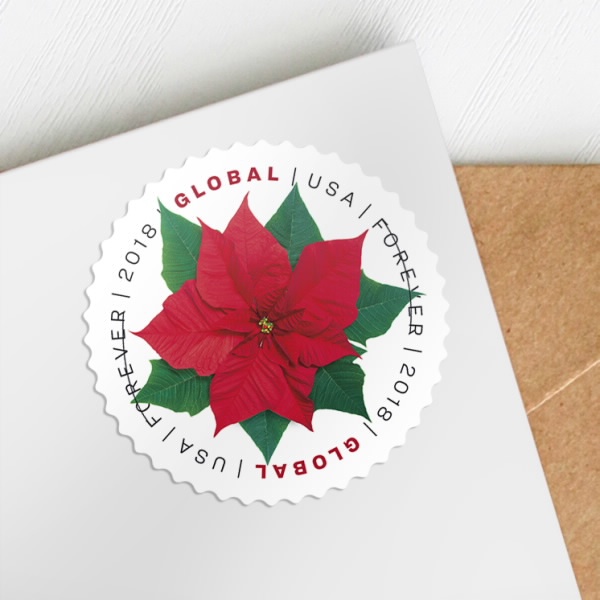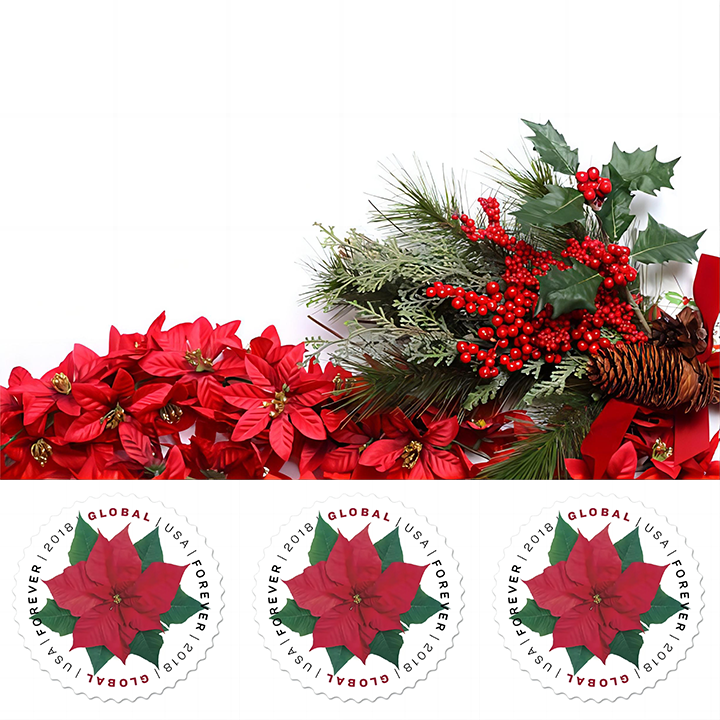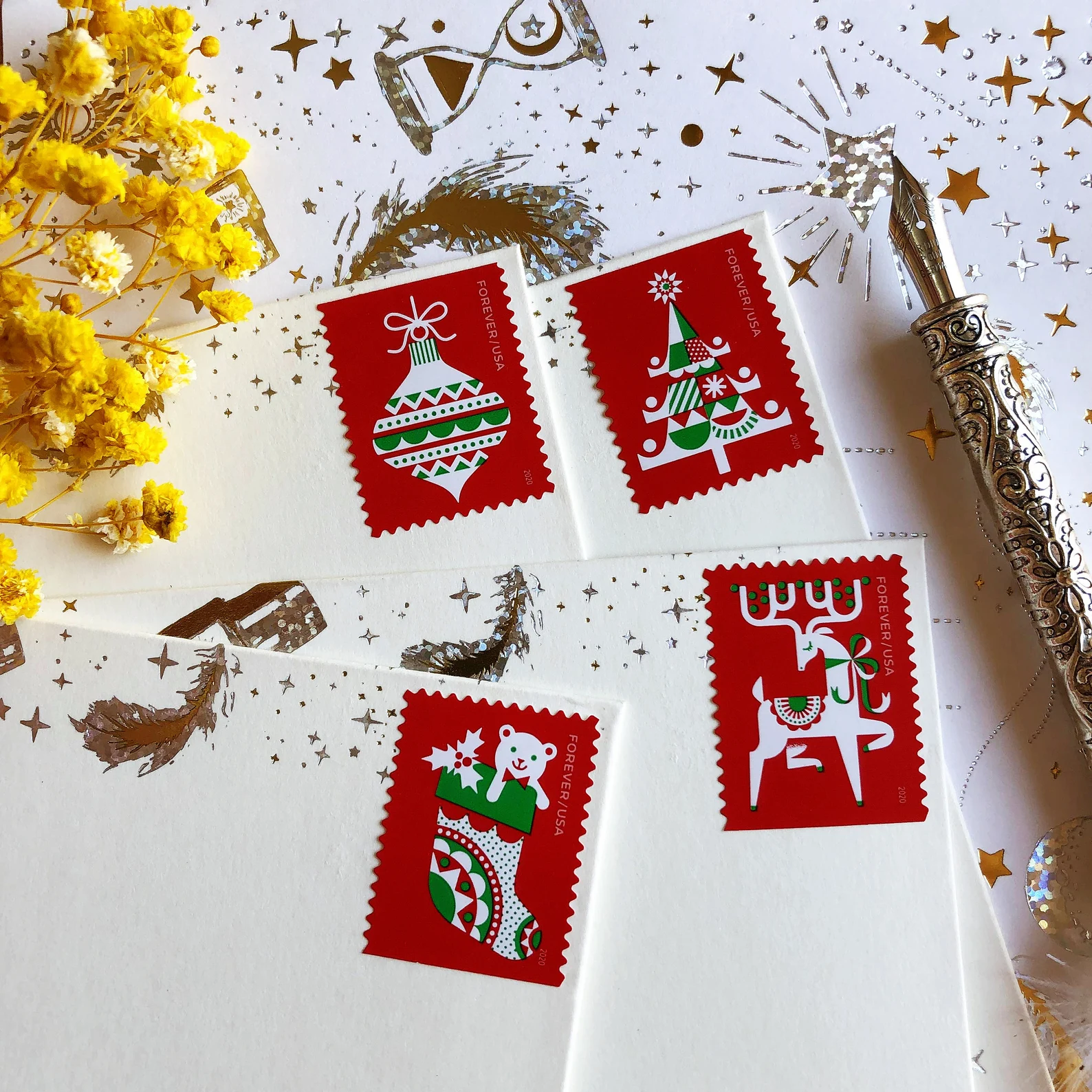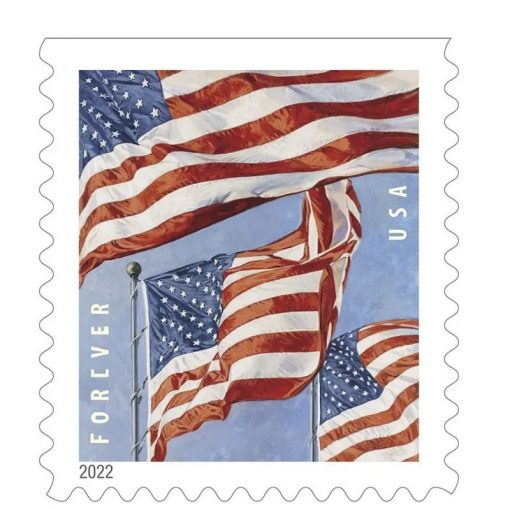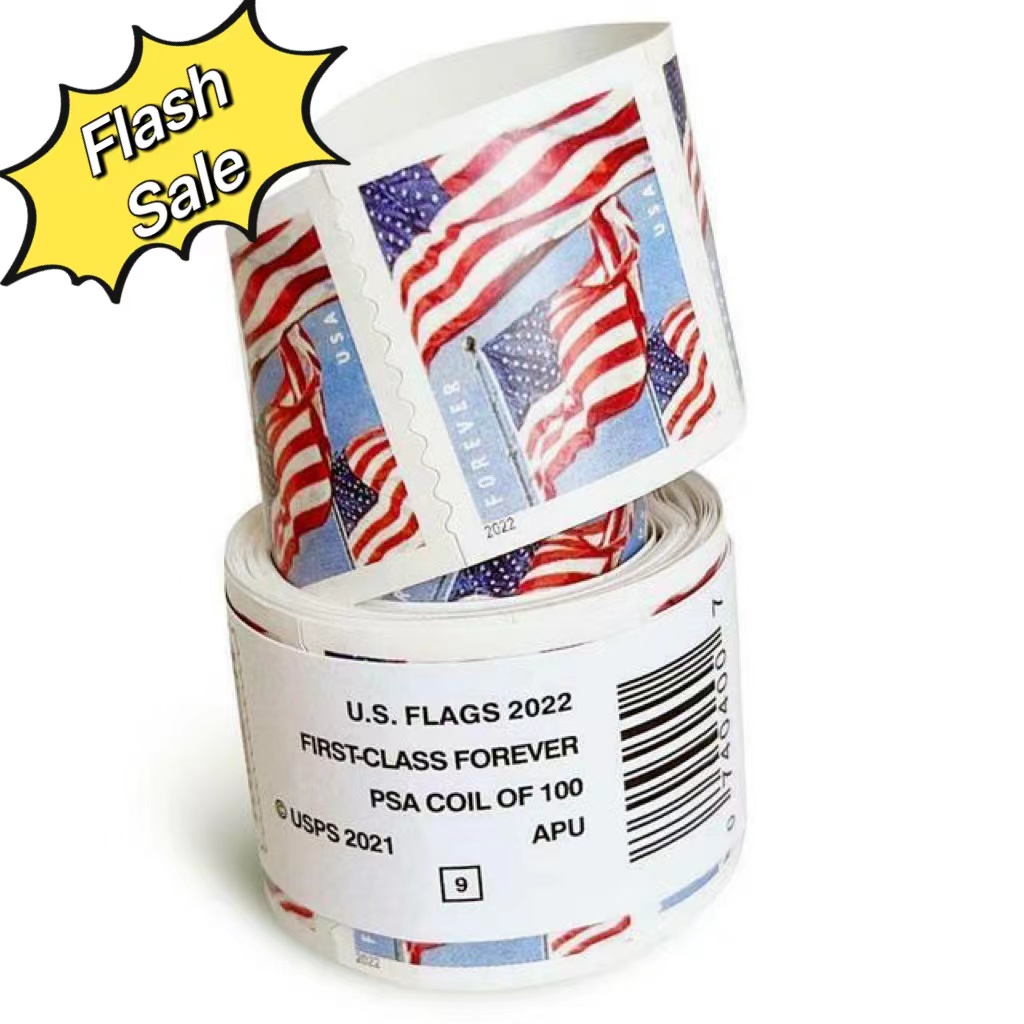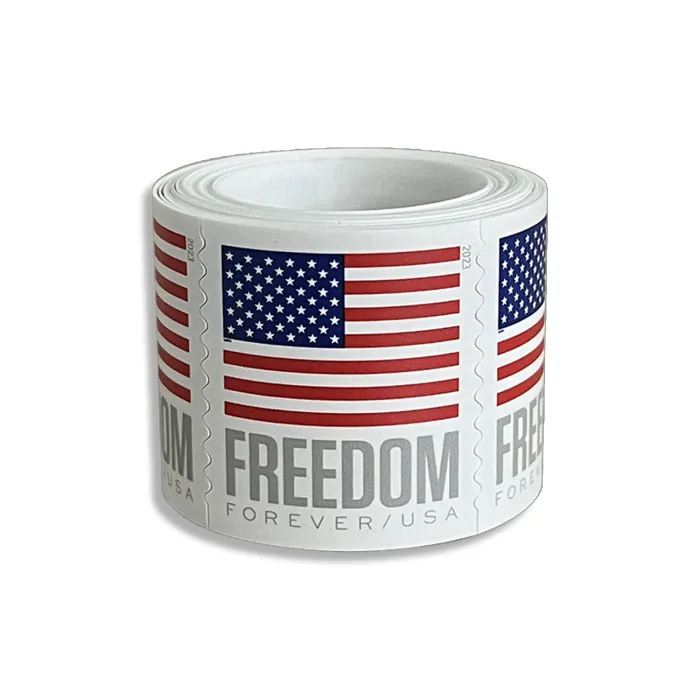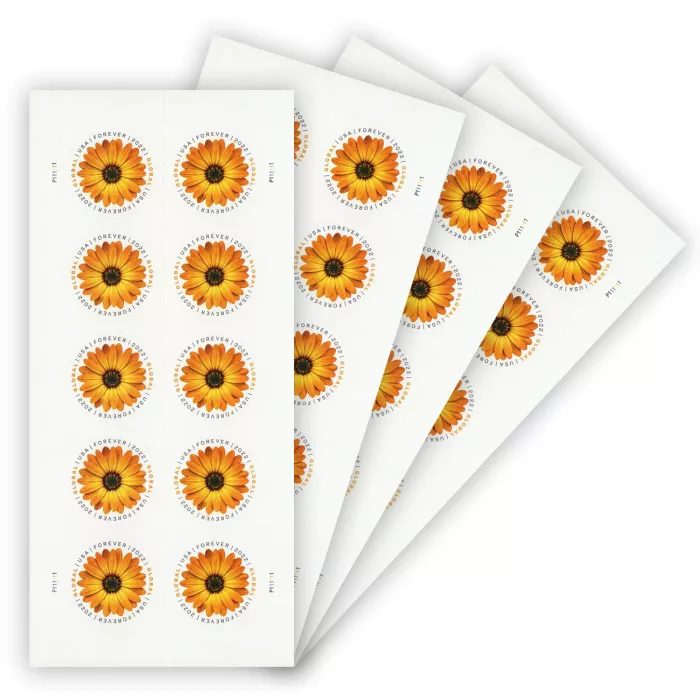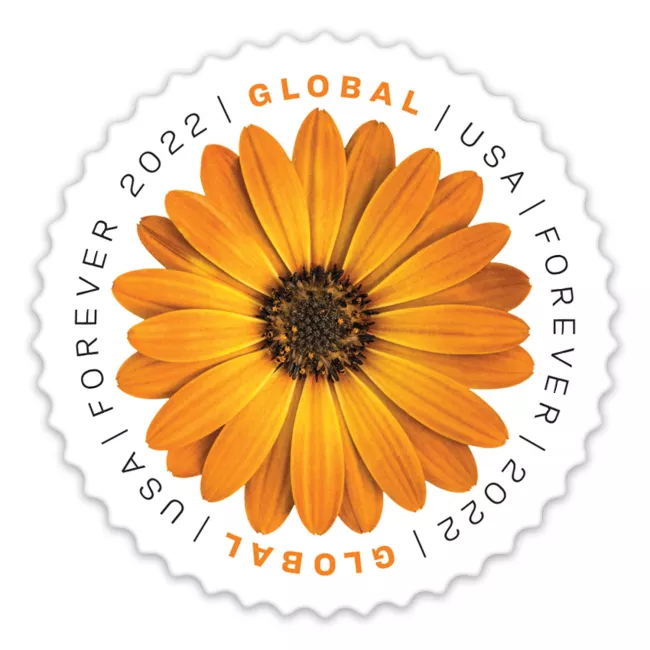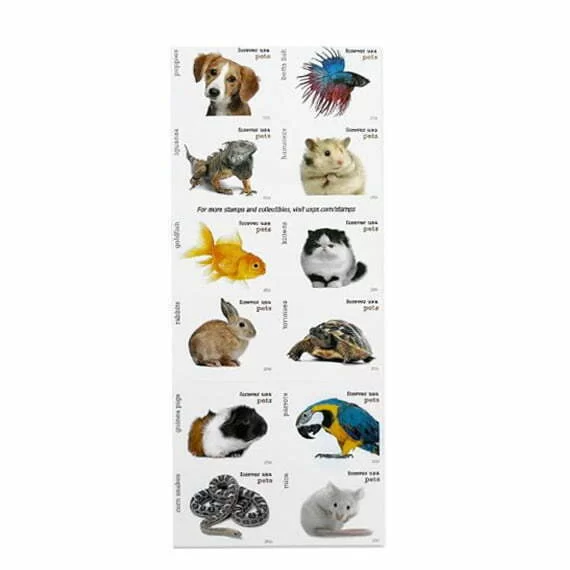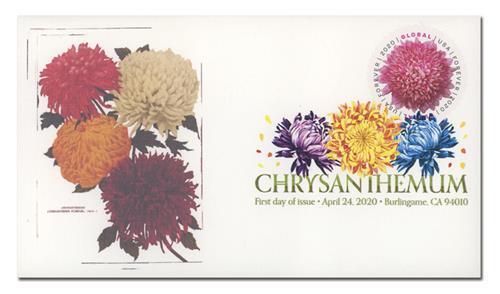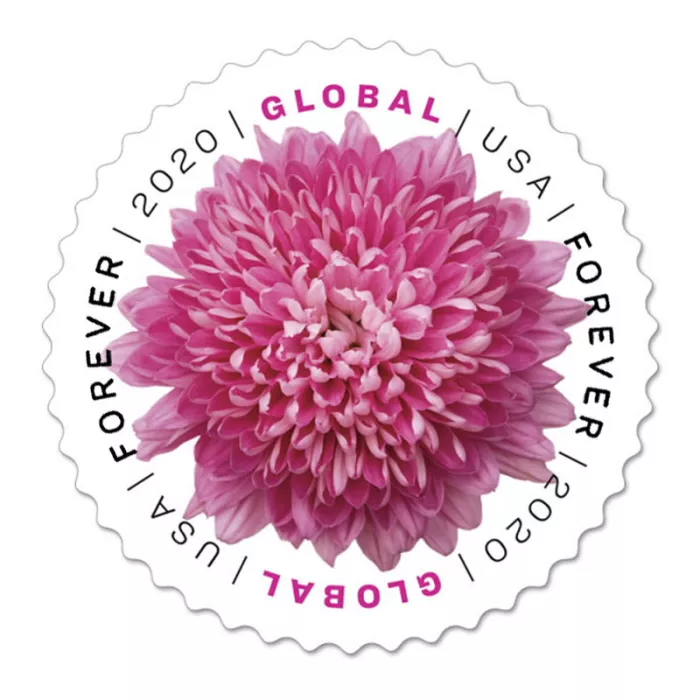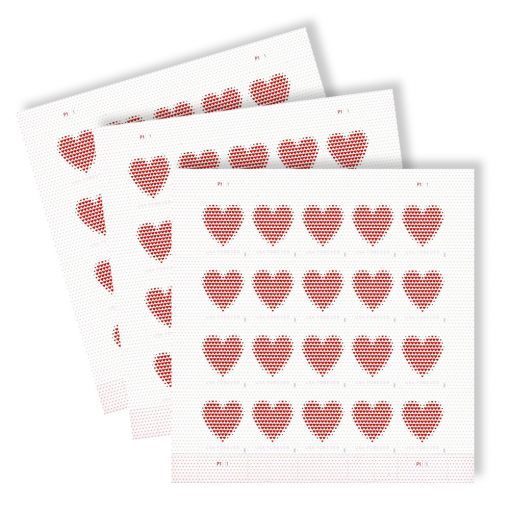What are you looking for?
Search
Our commitment:
● Forever, First-Class Rate-Original authentic
● 100% New
● 100% Hassle-Free Returns
● 100% Secure Payments
● Free Shipping
We will always ship within 1-2 business days. Shipping time will take 2-5 Business day to Delivered.
Any problem, pls feel free to contact us. We will try best to make you 100% satisfie(Please put your order detail: order number, recipient name in the message, so that we can find out your order quickly)
● Item location:3309 N Mission Rd, Los Angeles, CA 90031
Description:
Native to Mexico, the Aztecs called poinsettias Cuetlaxochitl, which means “flower that withers, mortal flower that perishes like all that is pure.” According to Aztec tradition, these plants were a gift from the gods and their blood red coloring was to be a reminder of the sacrifices the gods made to create the universe.
Poinsettias were first associated with Christmas in the 16th century. Legend tells of a young girl too poor to buy a gift for Jesus’s birthday. An angel saw her crying and told her to collect weeds as a gift, and miraculously, her tears transformed those weeds into lush red blossoms. The people of Mexico called these plants Flor de Noche Buena, meaning Christmas Eve Flower.
In another legend, Franciscan friars decorated a nativity scene for Christmas. During their mass, the Star of Bethlehem passed overhead and the plants changed from green to red. From then on, the red plants became a symbol of the blood of Christ and were closely associated with Christmas.
Up until the 1800s, poinsettias weren’t found in the US. The man responsible for bringing these plants to America was Joel Roberts Poinsett (1799-1851). Although he had graduated from medical school, Poinsett’s true love was botany and traveling to exotic locations. Poinsett toured Europe extensively, as well as the most remote regions of Russia. Upon his return to the US, Poinsett was appointed to serve as the nation’s first ambassador to Mexico.
While in Mexico in 1828, Poinsett discovered a tree-like plant with brilliant red leaves. He sent some plants to his home in South Carolina, where they were propagated and given to friends and local botanical gardens. Before long, the plant became widely known by a new name – “poinsettia.”
While Poinsett had introduced the plant to America, it was another family who would help make poinsettias a Christmas season staple – the Ecke family. After emigrating from Germany in 1900, Albert Ecke opened a dairy and orchard before becoming interested in poinsettias. He started selling them on a street stand and instilled an interest in the plant in his son Paul.
When he grew older, Paul developed a grafting technique that produced a fuller plant (poinsettias in the wild look more like weeds). In turn, his son, Paul, Jr., also took an interest in the plant. Paul Jr. changed how the plants were sent – instead of sending mature plants by train, he sent cuttings by plane. He also gave free plants to TV stations to decorate their sets between Thanksgiving and Christmas, helping to promote them in the eyes of the public. Paul Jr. even appeared as a guest on The Tonight Show and other programs to talk about poinsettias.
For decades, the Ecke family dominated the poinsettia market because their grafting technique produced the most attractive plants. Then in the late 1980s, a botanist discovered their technique and published it, so many other companies could grow comparable plants. But the Ecke family remained one of the largest sellers of poinsettias into the 2000s. Over the years, botanists have also found ways to grow poinsettias in over 100 colors. The red blooms of the plants are actually leaves and the flowers are the small knobs of yellow, red and green in the center.
In 2002, the US House of Representatives passed a bill establishing December 12 as National Poinsettia Day. The day was selected because it’s the date of Joel Roberts Poinsett’s death. December 12 is also the Day of the Virgin of Guadalupe in Mexico.
This round Global stamp can be used to mail a one-ounce letter to any country to which First-Class Mail International® service is available.
As with all Global stamps, this stamp will have a postage value equivalent to the price of the single-piece First-Class Mail International first-ounce machinable letter in effect at the time of use.
Product Specs:
Issue: Global Poinsettia Stamp
Item Number: 565900
Denomination & Type of Issue: Global Forever International Rate
Format: Pane of 10 (1 design)
Series: N/A
Issue Date & City: August 26, 2018, Kansas City, MO 64108
Art Director: William J. Gicker
Designer: Greg Breeding
Typographer: Greg Breeding
Existing Photo: Betsy Pettet
Modeler: Sandra Lane/Michelle Finn
Manufacturing Process: Offset, Microprint
Printer: Banknote Corporation of America
Printed at: Browns Summit, NC
Press Type: Alprinta 74
Stamps per Pane: 10
Print Quantity: 100,000,000 stamps
Paper Type: Phosphor, Block tagged
Adhesive Type: Pressure-sensitive
Processed at: Banknote Corporation of America, Browns Summit, NC
Colors: 186 Red, Cyan, Magenta, Yellow, Black
Stamp Orientation: Round
Image Area (w x h): 1.2 x 1.2 in./30.48 x 30.48 mm
Overall Size (w x h): 1.414 x 1.414 in./35.916 x 35.916 mm
Full Pane Size (w x h): 8.4 x 4.041 in./213.36 x 102.641 mm
Plate Size: 120 stamps per revolution
Plate Numbers: “B” followed by five (5) single digits
Marginal Markings:
Front: Plate number in four corners of pane
Back: ©2018 USPS • USPS logo • Barcode (565900) on each stamp • Plate position diagram • Promotional text
FAQs
Why is it so cheap? Can a letter be mailed?
Why did my credit card payment fail?

